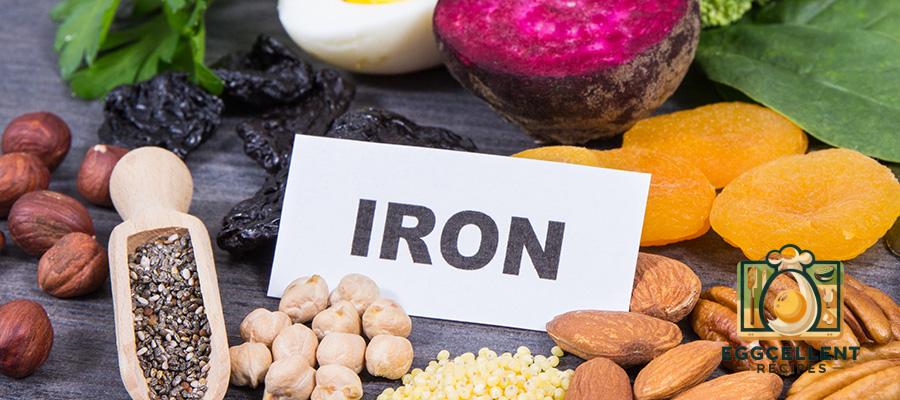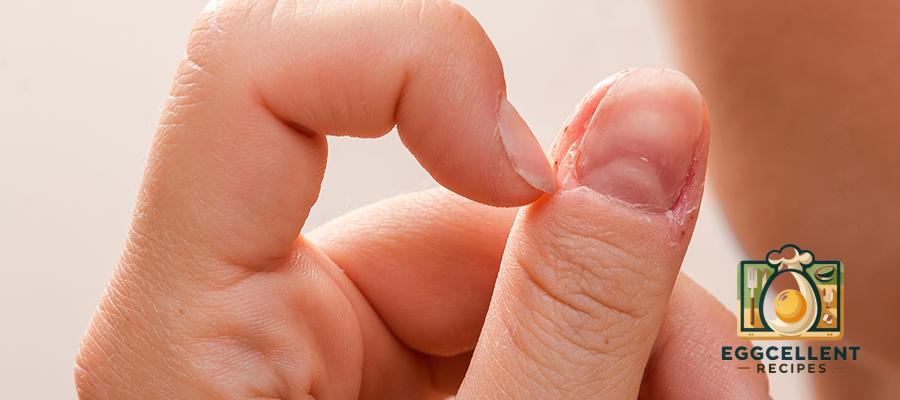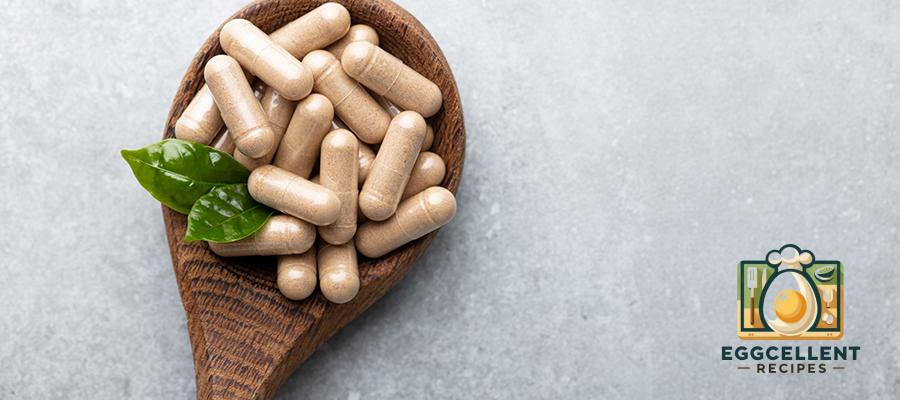
Iron deficiency is one of the most common nutritional deficiencies worldwide, affecting millions of people across various age groups. Iron is an essential mineral that plays a key role in producing hemoglobin, a protein in red blood cells that helps transport oxygen throughout the body. When iron levels are too low, your body can’t produce enough healthy red blood cells, which can lead to iron deficiency anemia. Left untreated, iron deficiency can impact energy levels, immune function, and overall health.
In this article, we’ll explore the signs and symptoms of iron deficiency, why it happens, and tips for addressing it.
Why Is Iron Important?
Iron is crucial for maintaining healthy blood and providing energy to the body. It helps create hemoglobin, which binds with oxygen and allows red blood cells to transport oxygen to tissues and organs. Additionally, iron supports muscle function, cognitive health, and a strong immune system. Without adequate iron, the body struggles to carry out these essential functions, leading to a range of symptoms that can affect daily life.
Common Causes of Iron Deficiency

Iron deficiency can result from various factors, including:
- Inadequate Dietary Intake: Not consuming enough iron-rich foods (like red meat, beans, spinach, and fortified cereals) can lead to deficiency.
- Increased Iron Demand: Pregnant and breastfeeding women, children, and adolescents often have higher iron requirements due to growth and development.
- Blood Loss: Heavy menstrual periods, gastrointestinal bleeding, and surgeries can result in significant iron loss.
- Poor Iron Absorption: Conditions like celiac disease, Crohn’s disease, or other gastrointestinal issues can impair iron absorption.
- Vegetarian or Vegan Diets: Non-heme iron (plant-based iron) is less readily absorbed than heme iron (animal-based), making it challenging for some vegetarians and vegans to meet their iron needs.
Key Signs and Symptoms of Iron Deficiency
Iron deficiency symptoms can vary from mild to severe, depending on the level of deficiency. Here are the most common signs to look out for:
1. Fatigue and Weakness

One of the earliest and most common signs of iron deficiency is feeling constantly tired or weak, even with enough sleep. Low iron levels reduce the body’s ability to produce hemoglobin, leading to less oxygen reaching tissues and muscles, which in turn causes fatigue.
- Description: Persistent fatigue, muscle weakness, and low energy levels.
- Why It Happens: Reduced hemoglobin impairs oxygen transport, causing physical and mental fatigue.
2. Pale Skin and Pale Inner Eyelids

Pale skin, particularly on the face, lower eyelids, and nails, is often a noticeable symptom of iron deficiency. Hemoglobin gives red blood cells their color, so lower levels can make skin appear lighter or paler than usual.
- Description: Pale or yellowish skin, pale gums, and pale inner eyelids.
- Why It Happens: Low hemoglobin levels reduce blood flow, resulting in a pale appearance.
3. Shortness of Breath

Iron deficiency can lead to shortness of breath, especially during physical activity. With less oxygen available, the body struggles to meet increased oxygen demand during exercise or exertion.
- Description: Difficulty catching your breath after minimal exertion or feeling winded quickly.
- Why It Happens: Reduced oxygen-carrying capacity makes it harder to sustain physical activity.
4. Heart Palpitations

When the body is low in iron, the heart may need to work harder to transport oxygen, leading to a faster heart rate or irregular heartbeat. This symptom is more common in more advanced iron deficiency.
- Description: Rapid, fluttering, or pounding heartbeats, even during rest.
- Why It Happens: Reduced oxygen in the blood makes the heart work harder to circulate oxygen, which can lead to palpitations.
5. Headaches and Dizziness

Iron deficiency can lead to frequent headaches or dizziness, especially when standing up quickly. The brain requires a consistent supply of oxygen to function optimally, and a reduction in oxygen can cause blood vessels to swell, leading to headaches.
- Description: Frequent headaches, dizziness, or lightheadedness.
- Why It Happens: Reduced oxygen supply to the brain can lead to tension and headaches.
6. Cold Hands and Feet

A lack of iron can affect circulation, causing cold extremities even in warm weather. Poor oxygen delivery to tissues can make the hands and feet feel unusually cold.
- Description: Hands and feet that feel cold or chilly more often than usual.
- Why It Happens: Inadequate blood flow to the extremities can cause temperature sensitivity.
7. Brittle Nails and Hair Loss

Iron deficiency can weaken nails, causing them to become brittle, thin, or spoon-shaped (concave). It may also lead to hair thinning or hair loss due to reduced blood flow to the scalp.
- Description: Brittle nails, dry and thinning hair, or hair loss.
- Why It Happens: Iron deficiency can disrupt the supply of oxygen to cells that promote hair and nail health.
8. Cravings for Non-Food Items (Pica)

Iron deficiency can sometimes lead to pica, a condition where people crave non-food items, such as dirt, chalk, or ice. The exact reason for this is unclear, but it’s thought to be the body’s way of seeking nutrients.
- Description: Strong cravings for substances like ice, clay, dirt, or starch.
- Why It Happens: Pica may result from the body attempting to compensate for nutritional deficiencies, particularly iron.
9. Restless Legs Syndrome (RLS)

Restless Legs Syndrome, or RLS, is a condition characterized by an uncontrollable urge to move the legs, often accompanied by uncomfortable sensations. Research suggests that iron deficiency can play a role in RLS, as iron is involved in dopamine production, a neurotransmitter that affects muscle function.
- Description: Uncomfortable sensations in the legs, particularly in the evening or at night, which improve with movement.
- Why It Happens: Low iron levels may disrupt dopamine production, affecting muscle control and leading to RLS.
Diagnosing Iron Deficiency
If you experience symptoms of iron deficiency, it’s important to see a healthcare provider. Iron deficiency can be diagnosed through a blood test, which typically checks:
- Hemoglobin levels: Measures the amount of hemoglobin in the blood.
- Ferritin levels: Measures stored iron in the body and is often used to detect iron deficiency.
- Total iron-binding capacity (TIBC): Assesses the blood’s capacity to bind with iron, which is higher when iron stores are low.
Treatment for Iron Deficiency
Once diagnosed, there are various ways to increase iron levels and treat iron deficiency:
1. Iron-Rich Diet

Increasing dietary iron intake is one of the first steps. Foods rich in iron include:
- Heme Iron (animal-based): Beef, chicken liver, fish, and eggs.
- Non-Heme Iron (plant-based): Lentils, beans, spinach, tofu, and fortified cereals.
Combining iron-rich foods with vitamin C (found in citrus fruits, peppers, and tomatoes) can improve iron absorption, especially for non-heme sources.
2. Iron Supplements

If diet alone isn’t sufficient, your healthcare provider may recommend iron supplements. Iron supplements are usually taken daily, with recommended doses varying based on individual needs.
- Types of Iron: Ferrous sulfate, ferrous gluconate, and ferrous fumarate are common iron supplements.
- Caution: Always consult with a doctor before taking iron supplements, as excess iron can be harmful.
3. Lifestyle Changes
Avoiding certain foods and beverages that inhibit iron absorption, such as coffee, tea, and dairy, can help improve iron levels. It’s best to consume iron supplements and iron-rich meals away from these substances.
4. Treating Underlying Causes

If your iron deficiency is due to an underlying condition, such as heavy menstrual bleeding or a digestive disorder, treating the root cause is essential for long-term management.
Preventing Iron Deficiency
To maintain healthy iron levels, aim to include a variety of iron-rich foods in your diet, limit intake of iron-blocking substances, and consider periodic blood tests if you’re at risk. Pregnant women, young children, and those following vegetarian or vegan diets may benefit from routine checks to prevent deficiency.
Final Thoughts
Iron deficiency can impact your health in various ways, leading to fatigue, weakness, pale skin, and more. By recognizing the signs early and seeking appropriate treatment, you can manage iron deficiency effectively and improve your overall well-being. Prioritizing iron-rich foods, using supplements if needed, and consulting with a healthcare provider can help you maintain healthy iron levels and feel your best.






